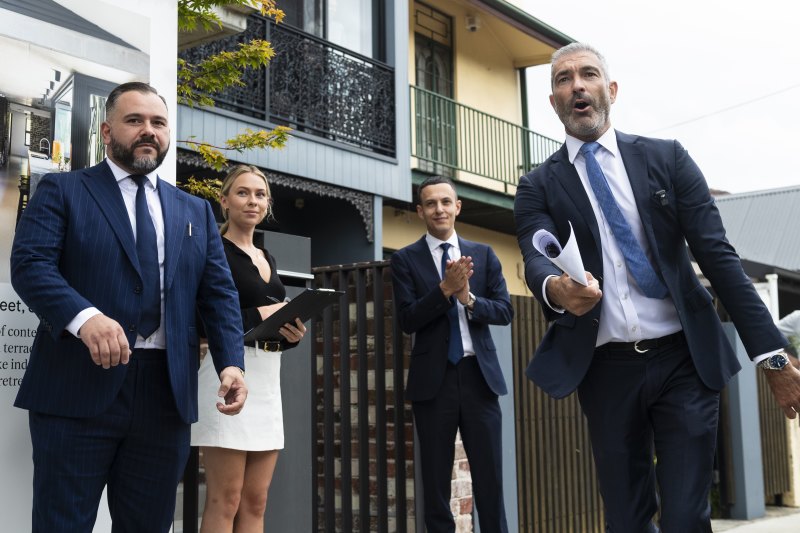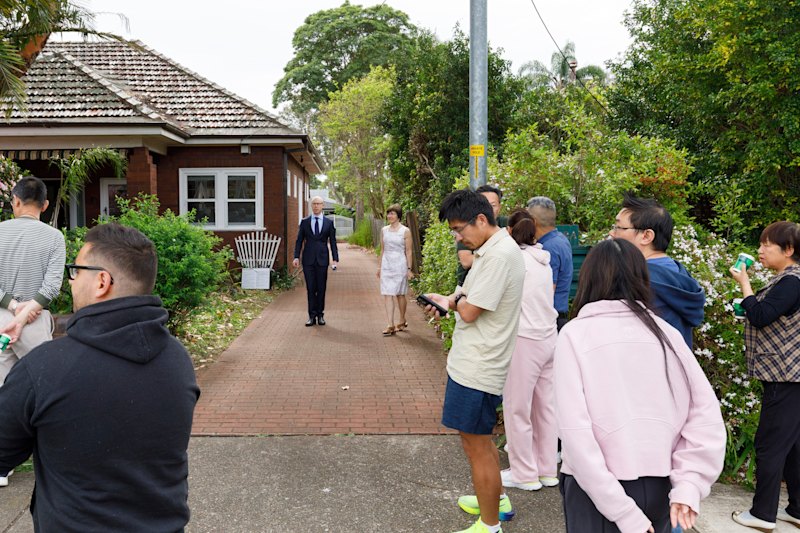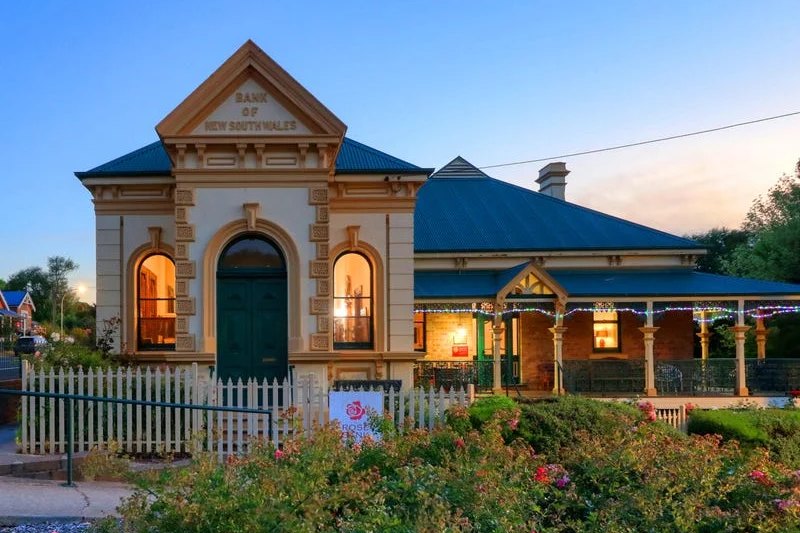Apartments designed for working at home and self-isolation will be a new priority, experts say
Our weeks spent in COVID-19 isolation at home will trigger a complete rethink on the design of apartments of the future, say some of Australia’s leading architects.
Before the pandemic, balconies were considered nice but non-essential, access to communal space a bit of an expensive luxury, study spaces less important than large lounge-dining areas, and as for high-speed internet … well, you could always download in the office.
But today, we’re seeing a complete shift in our ideas of how apartments should look and function.
“People have never spent as much time in their apartments before and now they’re receiving a real education in design – seeing how the sun enters the rooms during the day, how much fresh air they receive and how they use outdoor space,” said Ben Pomroy, principal at architecture firm Rothelowman.
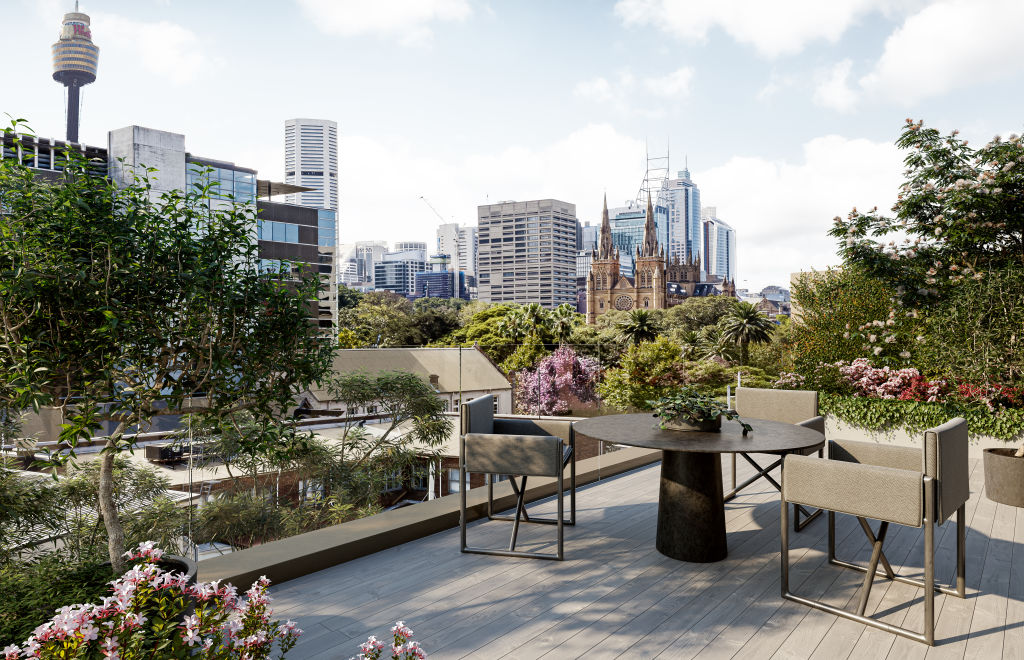
“It’s changing people’s attitudes and what’s important to them. There’ll be a definite permanent mark left from this period, and we’ll be living differently in the future, with more flexible working, both from home and from the office. As a result, the little study nooks won’t cut it any more, people will want liveable outdoor space and more personal space.”
Two-storey apartments may well come back into fashion, too. Although they’re the same size as those on one level, the different floors afford residents more opportunities to get away from each other and have more of their own space and privacy when in the apartment together.
Pomroy has just designed a series of two-storey townhouses at the $260 million 332-apartment and townhouse development Babylon in Rouse Hill, due to start construction soon, and demand for them off the plan is strong. “People like the idea of getting away from the others living in the same space,” he said.
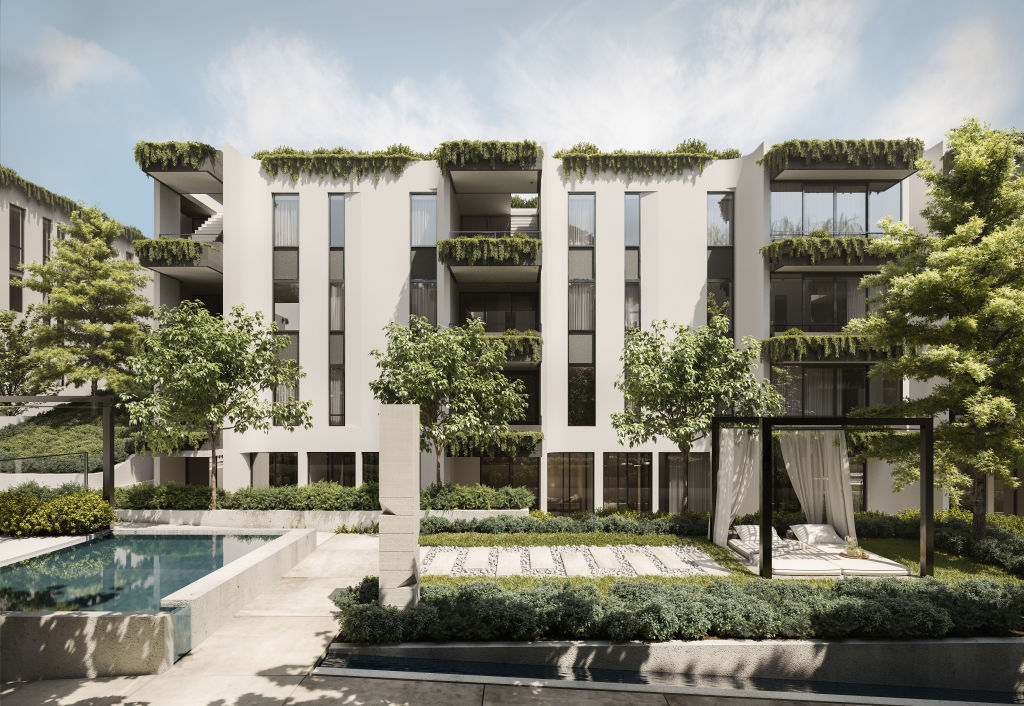
“And I think that kind of design will become even more popular as a result of what we’ve been through.”
Brian Welch, director of MHN Design Union, has also been designing terraces over two levels at HIGA’s $80 million East Sydney Collective on Yurong Street in East Sydney, with 27 lofts, apartments and terraces now under construction.
He agrees that apartment-buyers will be more choosy about the design of their homes on the other side of the coronavirus lockdown, having experienced both the lows, and highs, of their existing abodes.
For a start, everyone will demand more access, within their apartments, to sunlight and fresh air. “Having a cup of coffee in the sun on a balcony has provided respite for a lot of people,” he said.
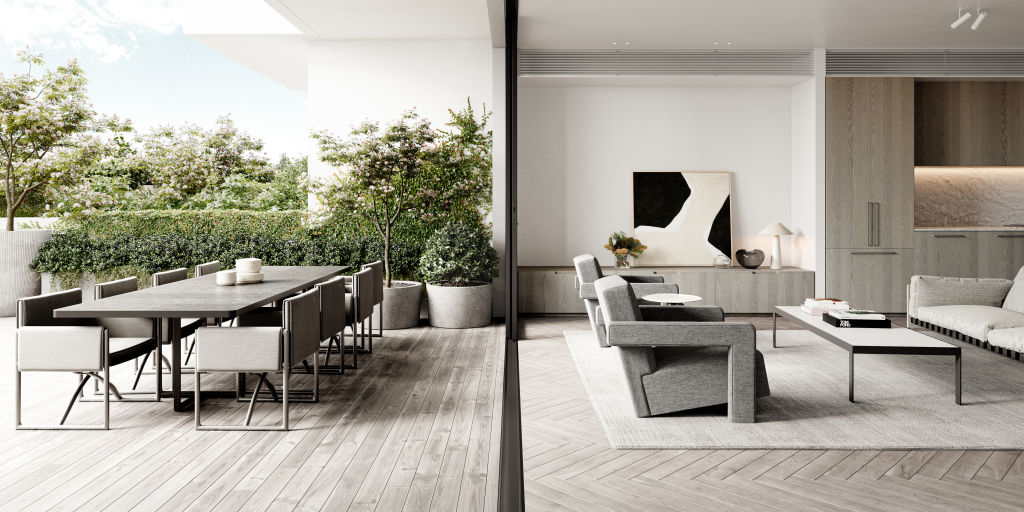
“Technology has also proved very important, and high-speed internet for the home will be something no one will want to do without.”
This crisis has also outlined the importance of community for many people, so communal spaces were also critical, with East Sydney Collective having a communal rooftop terrace and communal winter gardens.
“People want the chance to interact with each other if they want to, and that can create a beautiful sense of community within a building,” he said. “When you’re constantly at home, you also realise you need a social side to your life.
“The most successful apartment buildings are those that can tap into existing infrastructure and community, and where you can walk to shops and cafes rather than having to drive.”
In recent years, most people have done away with the separate study areas but now the prospect of more of us working remotely or from home a day or two a week is driving more people to looking for an extra room, says Paul Buljevic. His firm, PBD Architects, recently delivered Cremorne Point Estate, the Abadeen Group’s reinvention of a 1920s apartment building alongside a restored 1906 mansion.
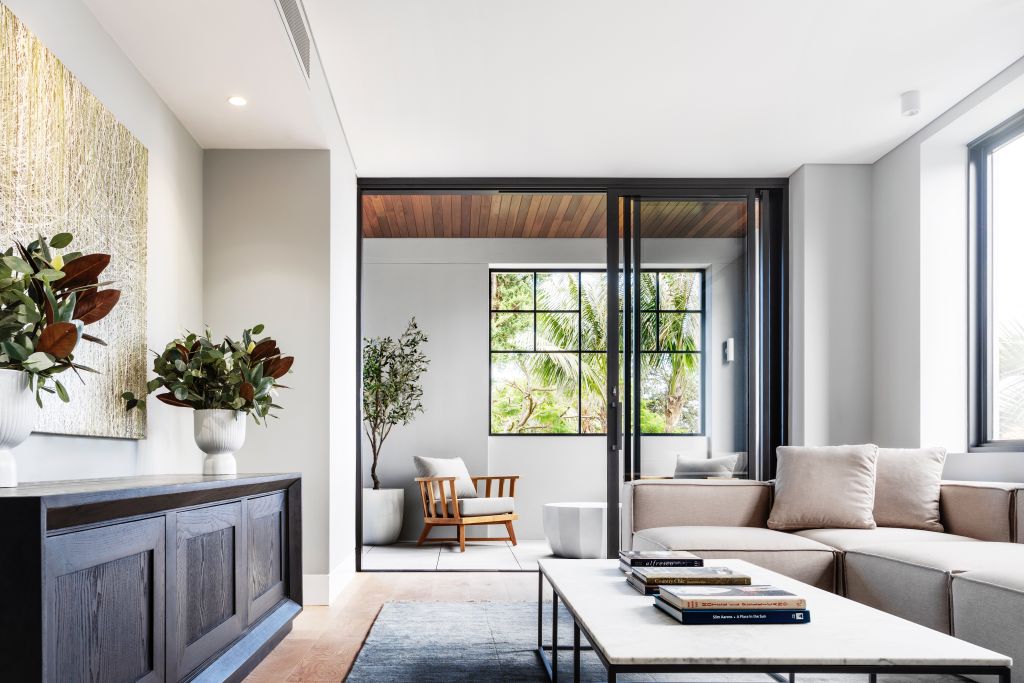
“People are now wanting an extra bedroom they can turn into a study or for parents to get away from the kids, or a flexible room they can change for different uses,” he said. “They don’t want a desk in a dark corner; they want a study with some kind of outlook.
“Buyers in general are now more knowledgeable and want to know who the architect is with a project, who the developer and builders are, and the level of finishes and detailing they can expect. But now that rhetoric will continue even more so.”
There’ll also be more demand for ground floor apartments with gardens and courtyards, predicts Pomroy, as well as communal spaces that give residents access to nature. The Denvell Group’s Babylon, for instance, will have lush gardens running both horizontally and vertically, natural stone seating, and pools, fountains and streams.
“After the lockdown ends, we’ll want to be back in gardens and this will accelerate the trend that was already happening to increase greenery, productive gardens and rooftop spaces,” said Pomroy.
“We might want fewer car spaces as we’ve got by for so long without cars, more bicycle parking as we’ve rediscovered our bikes, and want to have some kind of outlook. It might be as simple as being able to see the passage of the day, across trees and rooftops, or just seeing other people on the street. We know now how important that is.”
We recommend
We thought you might like
States
Capital Cities
Capital Cities - Rentals
Popular Areas
Allhomes
More
- © 2025, CoStar Group Inc.

